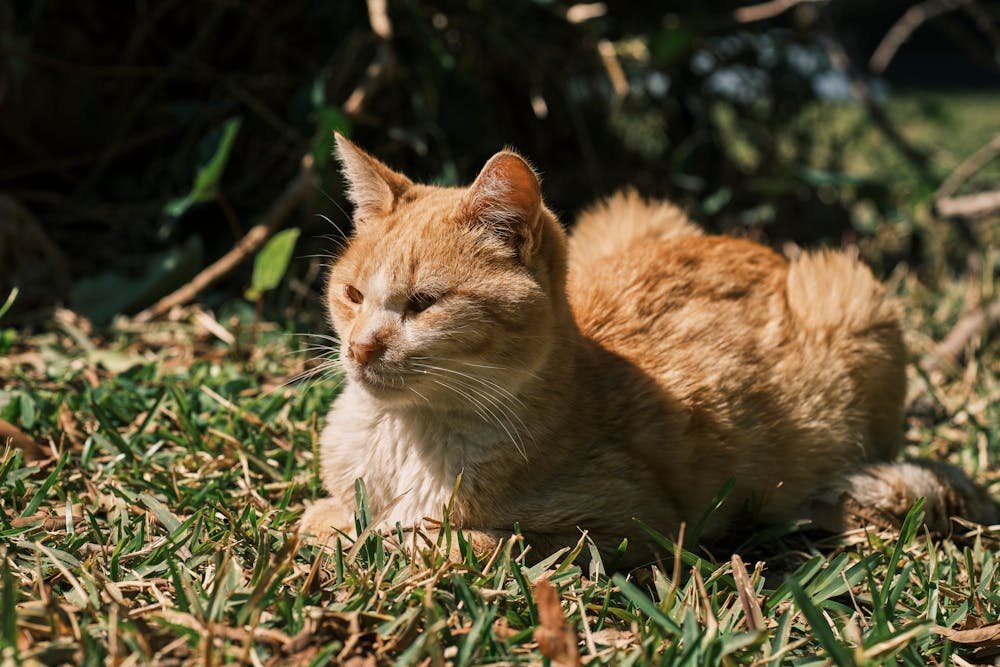A Spanish municipality has taken a pragmatic approach to a problem that affects many communities worldwide. Calvia council has officially recognized that feral cat colonies are simply a permanent part of their urban landscape. Rather than continuing futile attempts to eliminate these animals, local authorities have decided to work with the reality they face. The council is now introducing comprehensive new guidelines for the ethical treatment and control of existing cat colonies throughout the municipality.

Image by pexels
Comprehensive Cat Colony Management System
Calvia’s new approach centers around the well-established CER method – Capture, Sterilization, and Return. This internationally recognized strategy has proven successful in communities worldwide for managing feral cat populations humanely and effectively.
Under the new system, every sterilized cat will receive a distinctive ear tag for easy identification. This marking system allows authorities and caretakers to track which animals have already been processed and prevents unnecessary repeat procedures. The ear tags also help residents understand that these cats are part of a managed colony rather than abandoned strays.
The CER method works because it addresses the root cause of population growth while allowing existing cats to maintain their established territories. Simply removing cats often creates a vacuum that new animals quickly fill, making traditional removal methods ineffective long-term.
Strict Accreditation Requirements for Cat Caretakers
Anyone wanting to become an official cat colony caretaker must obtain proper accreditation from the council. This isn’t a one-time process either – caretakers must renew their certification every two years to maintain their authorization.
The accreditation system ensures that only committed, knowledgeable individuals take responsibility for these animals. Caretakers must follow specific feeding protocols, including using exclusively dry food and removing any leftovers daily. This prevents spoilage that could attract pests or create health hazards.
Regular cleaning of feeding areas is also mandatory. These requirements might seem strict, but they’re essential for maintaining public health and preventing the kinds of problems that typically generate complaints about cat colonies.
Addressing Community Conflicts and Concerns
Image by pexels
Calvia recognizes that cat colonies can create genuine problems for residents. Noisy animals, territorial marking, and fights between males are common sources of complaints. The new guidelines include specific mechanisms for resolving these local conflicts when they arise.
Rather than ignoring community concerns, the council has built conflict resolution directly into their management system. This proactive approach helps prevent small issues from escalating into major disputes between cat advocates and frustrated residents.
The emphasis on harmonious coexistence acknowledges that both human and feline communities have legitimate needs. Success requires balancing animal welfare with quality of life for human residents.
This comprehensive approach shows how municipalities can move beyond simple prohibition to create workable solutions. By accepting reality and working with it rather than against it, Calvia has developed a system that could serve as a model for other communities facing similar challenges with urban cat populations.






